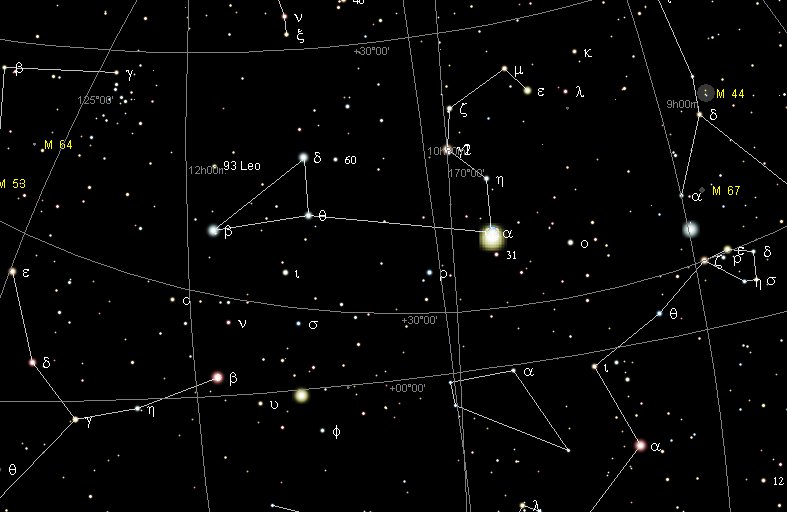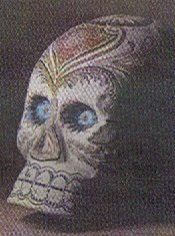185 → 370 / 2. Yesterday evening - as if by chance - I heard from a TV program that the Greek stadium measured 185 meters. ... The Euripus, which has already come up in the Phaedo, was really a channel between Euboea and the mainland, in which the conflict of the tides reverses the current as much as seven times a day, with ensuing dangerous eddies - actually a case of standing waves rather than a true whirl. We meet the name again at a rather unexpected place, in the Roman circus or hippodrome, as we know from J. Laurentius Lydus (De Mensibus I.12), who states that the center of the circus was called Euripos; that in the middle of the stadium was a pyramid, belonging to the Sun; that by the Sun's pyramid were three altars, of Saturn, Jupiter, Mars, and below the pyramid, altars of Venus, Mercury, and the Moon, and that there were not more than seven circuits (kykloi) around the pyramid, because the planets were only seven. (See also F. M. Cornford's chapter on the origin of the Olympic games in J. Harrison's Themis (1962), p. 228; G. Higgins' Anacalypsis (1927), vol. 2., pp. 372ff.) This brings to mind (although not called Euripus, obviously, but 'the god's place of skulls') the Central American Ball Court which had a round hole in its center, termed by Tezozomoc 'the enigmatic significance of the ball court', and from this hole a lake spread out before Uitzilopochtli was born ... We have now arrived at the northern spring equinox: 
Clearly the cardinal dates in the Gregorian calendar could correspond (↔) to the cardinal points in the circuit of the planet Mars.
The Lion and the Pegasus Horse were half a year apart and 364 / 2 = 182 = 107 + 75 (retrograde season of Mars = 385 - 310). In my assumed era for rongorongo the distance from 93 Leonis to Sirrah was 107 right ascension nights. And the number of glyphs on the G tablet was 471 → 364 + 107 → 1½ * 314 → 4 * 71 → *284 (December 30). From the Tuft at the end of the Lion's Tail (93 Leonis)
to the Topknot at the beginning of Andromeda (Sirrah)
there were 107 right ascension nights. ... 'From the time I was in your womb,' Maui went on, 'I have known the names of these children of yours. Listen,' he said as he pointed to his brothers in turn. 'You are Maui mua, you are Maui roto, you are Maui taha, and you are Maui pae. And as for me, I am Maui potiki, Maui-the-last-born. And here I am.' When he had finished, Taranga had to wipe her eyes because there were tears in them, and she said: 'You are indeed my lastborn son. You are the child of my old age. When I had you, no one knew, and what you have been saying is the truth. Well, as you were formed out of my topknot you can be Maui tikitiki a Taranga.' So that became his name, meaning Maui-formed-in-the-topknot-of-Taranga. And this is very strange, because women in those days did not have topknots. The topknot was the most sacred part of a person, and only men had them ... From February 4 (in the retrograde diagram) to February 20 (365 + 51 = 416) there were 16 days → 107 = 91 + 16. 400 (= 365 + 31 + 4) + 16 = 416 = 364 + 52 → February 4 (*320 → Dramasa). ... Allen has documented all his star culminations at 21h, which could be due to an effort of keeping the culminations at their proper places according to the ancients, 24h (spring equinox) - 21h = 3h = 24h / 8 = 45º. 3h corresponds to 366 / 8 = 45.75 of my right ascension days and *366 - *46 = *320 (Dramasa, σ Octantis) ...
It suddenly dawns on me that I may have misunderstood the flow originating from Leo and leading down towards the Square of Raven:
My idea so far was that it was a stream of fertilizing urine for the dry Corvus. ... the bird, being sent with a cup for water, loitered at a fig-tree till the fruit became ripe, and then returned to the god with a water-snake in his claws and a lie in his mouth, alleging the snake to have been the cause of the delay. In punishment he was forever fixed in the sky with the Cup and the Snake; and, we may infer, doomed to everlasting thirst by the guardianship of the Hydra over the Cup and its contents. From all this came other poetical names for our Corvus - Avis Ficarius, the Fig Bird; and Emansor, one who stays beyond his time; and a belief, in early folk-lore, that this alone among birds did not carry water to its young ... ... There was no water in the village. The lakes and rivers were dry. Raven and Crow, two young girls who were having their first menstrual courses, were told to go and draw water from the ocean. Finding the journey too long, Raven decided just to urinate into her basket-bucket. She decieved no one and was severly scolded. Crow returned much later but with drinking water. As a punishment, Raven was condemned never to find water in the summer; only in winter would she find something to drink. For that reason the Raven never drinks during the hot months; she speaks with a raucous voice because of her dry throat ... But now I think we should complement this view with an interpretion of the fluid as that from the corpse of the dead old Lion - he had to be dead in order to be transported up into the night sky, there to continue in form of a great constellation.
... 'Tis the voice of the Lobster: I heard him declare 'You have baked me too brown, I must sugar my hair' ... Varua. Spirit, soul; sleep, dream. This is a Tahitian word, but the same term may have been used in ancient times. Vanaga. In Bierbach the accumulated evidence connected varua with mummification and how the hair was removed (varu), the body fluids drained (varu a-roto) and after a period of 2 months it was make-up time (he varu te kiea): ... Embalming is known and practised with surprising skill in one particular family of chiefs. Unlike the Egyptian method, as described by Herodotus, it is performed in Samoa exclusively by women. The viscera being removed and buried, they, day after day, anoint the body with a mixture of oil and aromatic juices. To let the fluids escape, they continue to puncture the body all over with fine needles. In about two months, the process of desiccation is completed. The hair, which had been cut and laid aside at the commencement of the operation, is now glued carefully on to the scalp by a resin from the bush. The abdomen is filled up with folds of native cloth; the body is wrapped up with folds of the same material, and laid out on a mat, leaving the hands, face, and head exposed ... Varu. 1. To cut one's hair (te puoko). 2. To shave. 3. To paint, to put on make-up: he varu te kiea. Varu a-roto, to have diarrhoea. Vanaga. 1. Eight. 2. To shave, to remove the beard, to shear, to clip, to rasp, a plane. Varuvaru, to peel, to remove the bark, to plane, to scrape, to shear. Churchill. ... Night came, midnight came, and Tuu Maheke said to his brother, the last-born: 'You go and sleep. It is up to me to watch over the father.' (He said) the same to the second, the third, and the last. When all had left, when all the brothers were asleep, Tuu Maheke came and cut off the head of Hotu A Matua. Then he covered everything with soil. He hid (the head), took it, and went up. When he was inland, he put (the head) down at Te Avaava Maea. Another day dawned, and the men saw a dense swarm of flies pour forth and spread out like a whirlwind (ure tiatia moana) until it disappeared into the sky. Tuu Maheke understood. He went up and took the head, which was already stinking in the hole in which it had been hidden. He took it and washed it with fresh water. When it was clean, he took it and hid it anew. Another day came, and again Tuu Maheke came and saw that it was completely dried out (pakapaka). He took it, went away, and washed it with fresh water until (the head) was completely clean. Then he took it and painted it yellow (he pua hai pua renga) and wound a strip of barkcloth (nua) around it. He took it and hid it in the hole of a stone that was exactly the size of the head. He put it there, closed up the stone (from the outside), and left it there. There it stayed ...
|
||||||||||||||||||||||||||||||||||||||||||||||||||||||||||||||||||||||||||||||||||||||||||||||||||||||||||||||||||||||||||||||||||||||||||||||||||||||||||||||||||||||||||||||||||||||||||||||||||||||||||||||||||||||||||||||||||||||||||

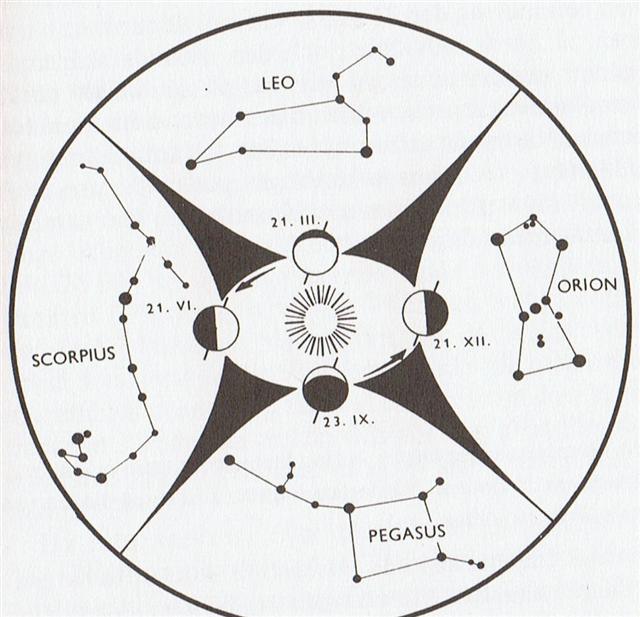

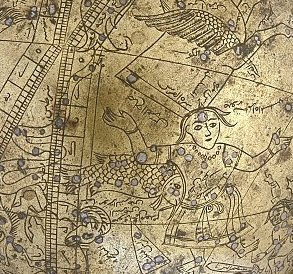









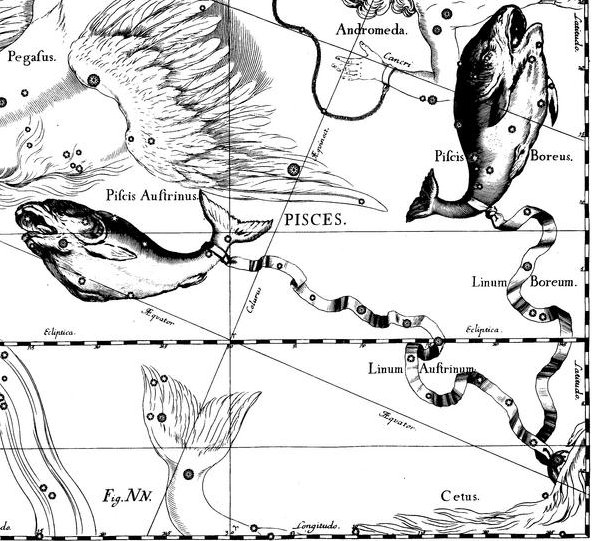
.jpg)

